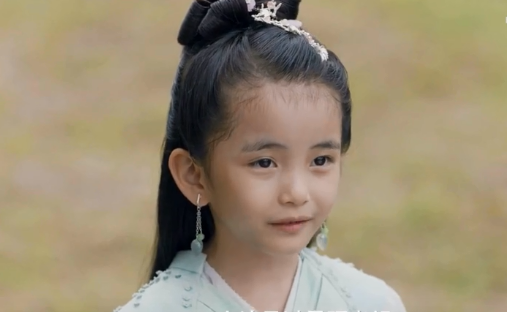
原级为adj
形容词比较级:
形式为:be adj.加er或be more+adj.
通常是两者之间的比较,也有“the 比较级 the 比较级”的形式,表示“越…越…”
最高级:
形式为:be the adj.加est或be the most+adj.
通常是三者或以上的比较。
形容词在进行程度比较时可分成3个级别:原级、比较级、最高级。
原级形容词不变形:fast快的 beautiful美丽的
比较级加er或者加more:faster更快的 more beautiful更美的
最高级加est或者加most:fastest最快的 most beautiful最美的
加er, est或者more, most的方法
三个音节和三个单节以上的形容词一律前面加more,most:
effective(有效的)-> more effective, most effective
important(重要的)-> more important, most important
加er,est时的词尾变形规则
第一种构成方法为:以不发音的e结尾的单音节和少数以le结尾的双音节词只加r,st。
原级 比较级 最高级
wide wider widest
able abler ablest
第二种构成方法为:以一个辅音字母结尾的重读闭音节词,要双写结尾的辅音字母,再加er,est。
原级 比较级 最高级
sad sadder saddest
big bigger biggest
第三种构成方法为:以“辅音字母+y”结尾的词,改y为i,再加上er, est。
原级 比较级 最高级
lazy(懒的) lazier laziest
easy(容易) easier easiest
第四种构成方法为:除上面三种词尾以外,单音节词一般都加er,est。
原级 比较级 最高级
short shorter shortest
long longer longest
下面几个常用形容词的变化不规则,需要逐个记住
原级 比较级 最高级
good(好的) better best
well(健康的) better best
bad(坏的) worse worst
ill(有病的) worse worst
old(老的) older(较老的) oldest(最老的)、
elder(较年长的)eldest(最年长的)
many(多的) more most
much(多的) more most
little(少的)less least
far(远的) farther/further farthest/furthest













